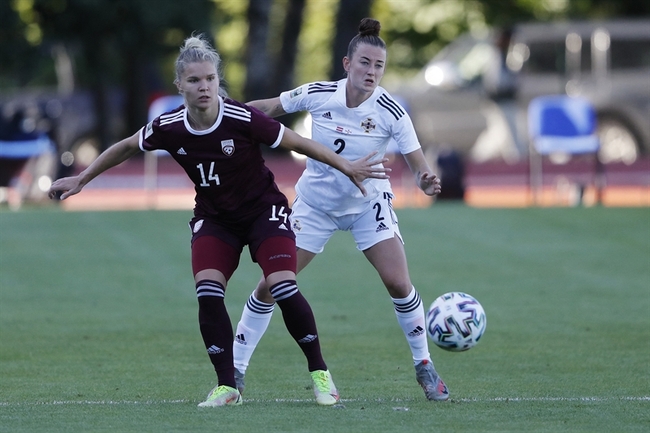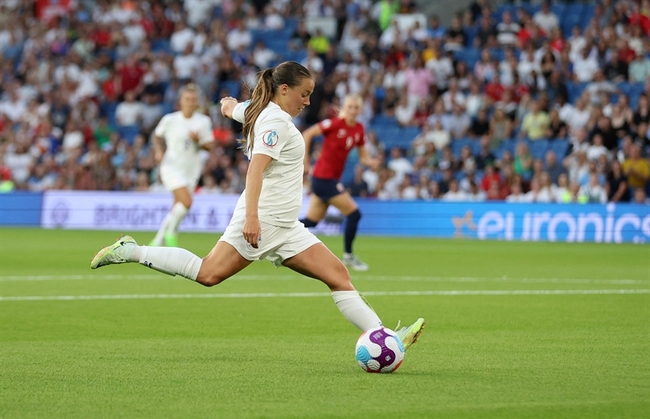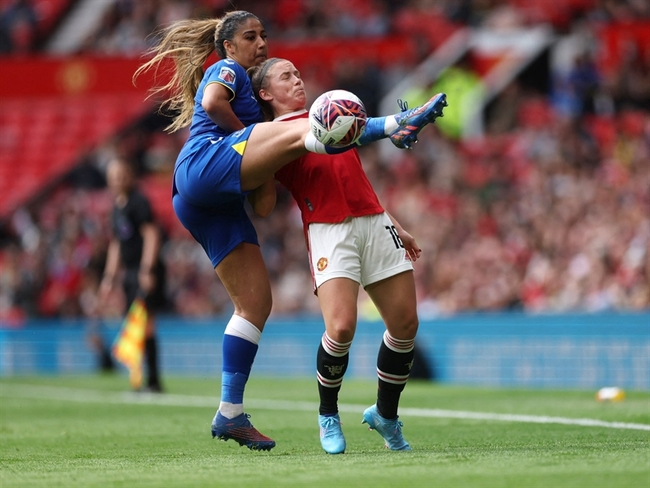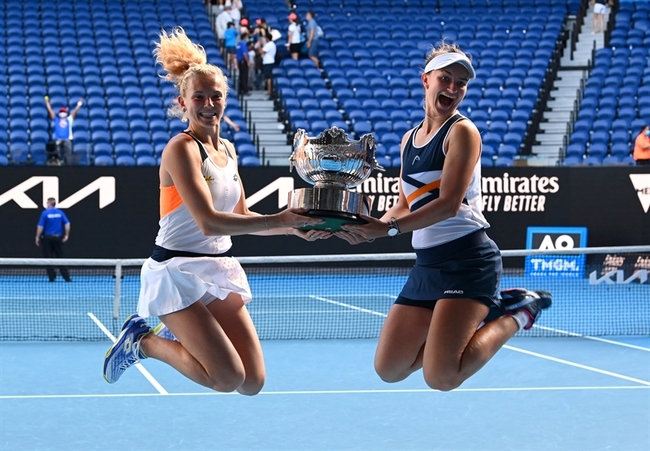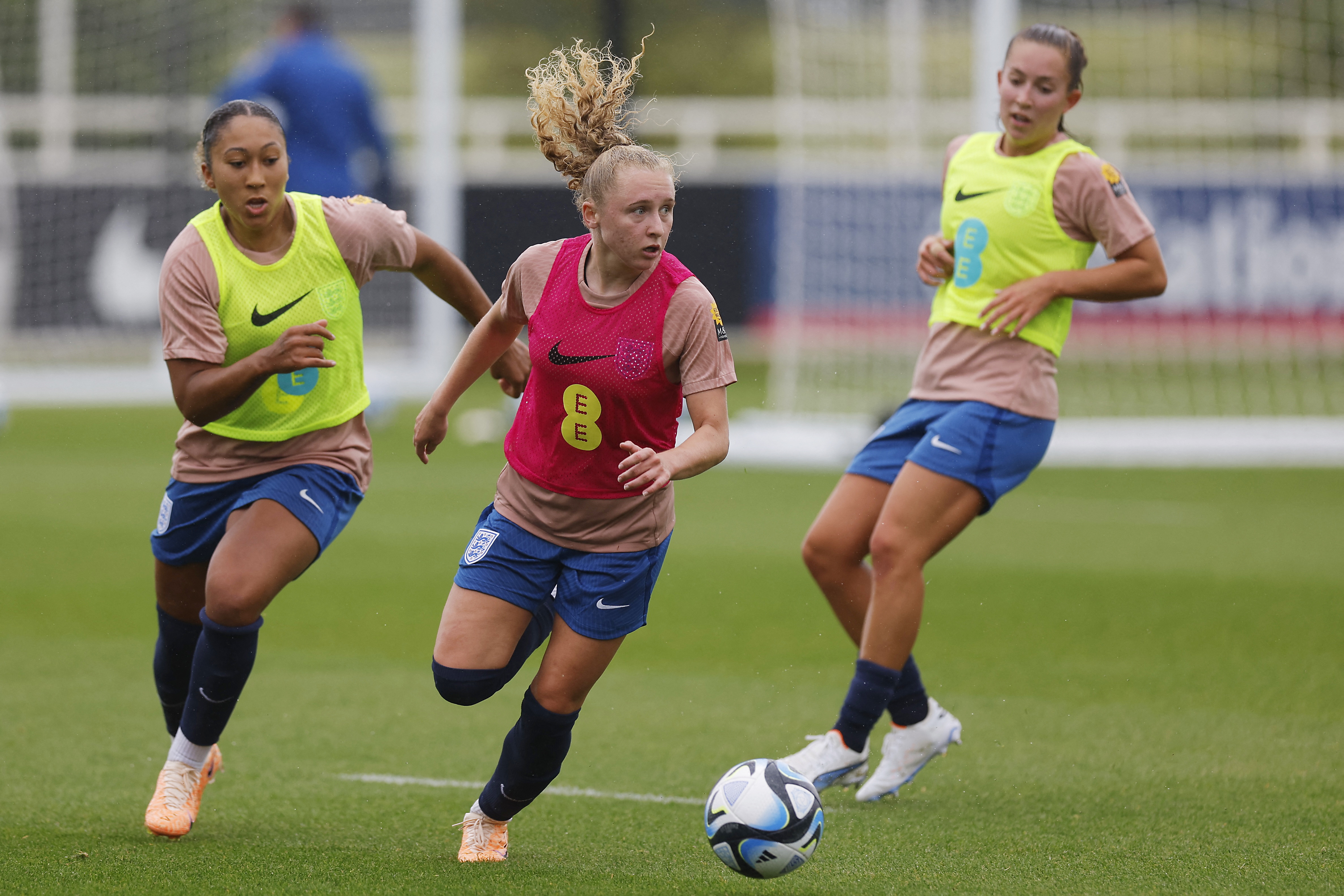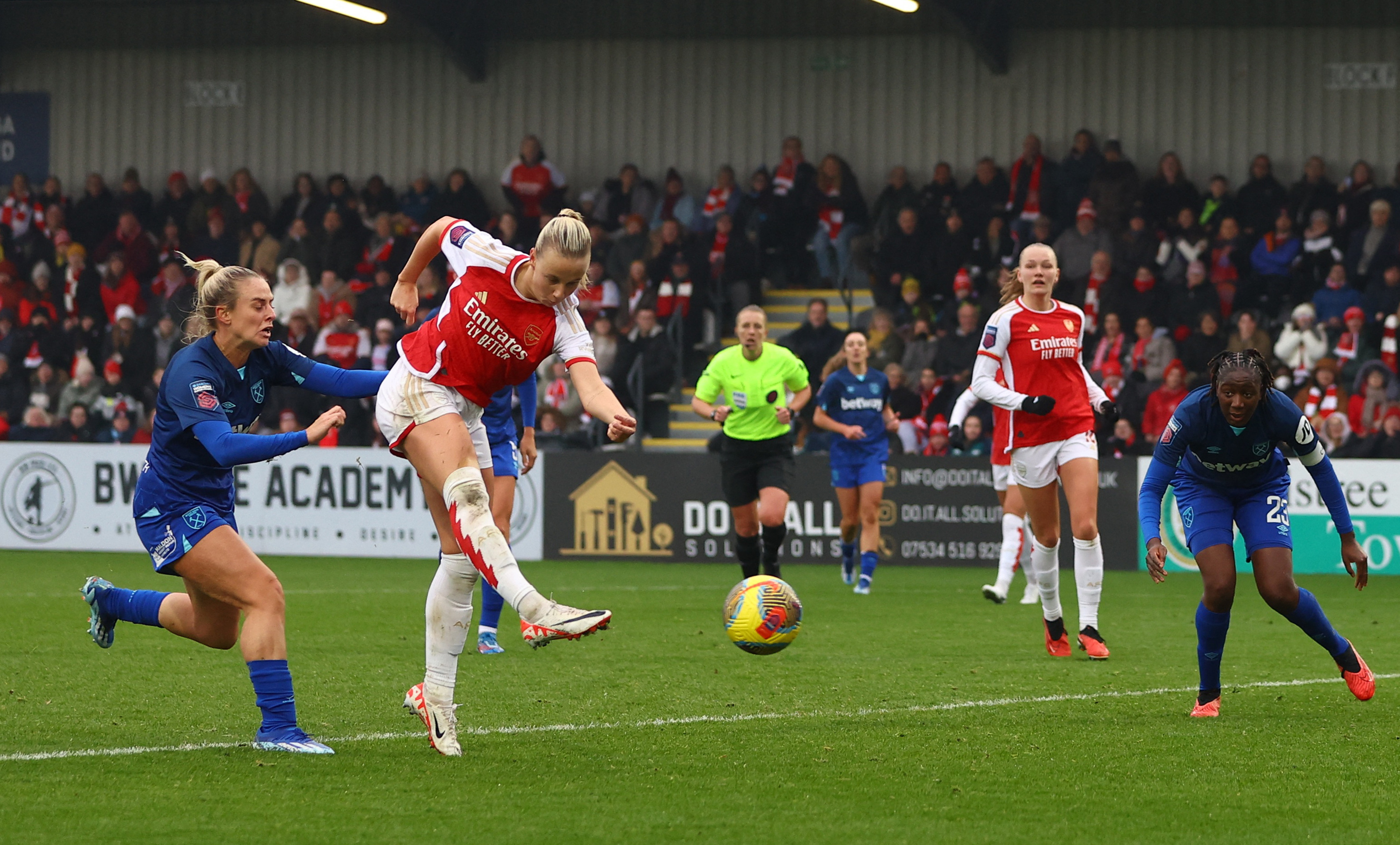You are viewing 1 of your 1 free articles
The period problem: does menstruation affect female injury risk?

South West England’s Holly Molesworth in action during the rugby sevens at Barking RFC who was competing in the Government backed Sainsburys 2012 School Games. Mandatory Credit: Action Images / Paul Childs
Young girls are encouraged to play sport, and many of them continue to pursue active and competitive lifestyles through adulthood. In the recent Tokyo 2020 Olympic Games, nearly half of the athletes participating were women(1). As women’s sport continues to bloom, our understanding of how their physiological differences affect injury risk improves. As new research undercovers the specific needs of female athletes, clinicians will need to adapt their management. For example, monitoring athlete menstrual cycles may be helpful to identify which points within the cycle that athletes are at greater risk of injury(2).
Because menstruation is the visible sign of the female reproductive cycle, it’s natural to assume women should take it easy during this time. However, new research calls this thinking into question. Jasmine Marcus explores the topic and suggests that ovulation, not menstruation, may put athletes at a higher injury risk.
References
- movethelimit.com/women-in-sport-statistics-2020/; accessed 4/28/2021
- Front Sports Act Living. 2021 Mar 1; 3:616999
Newsletter Sign Up
Subscriber Testimonials
Newsletter Sign Up
Coaches Testimonials
Be at the leading edge of sports injury management
Our international team of qualified experts (see above) spend hours poring over scores of technical journals and medical papers that even the most interested professionals don't have time to read.
For 17 years, we've helped hard-working physiotherapists and sports professionals like you, overwhelmed by the vast amount of new research, bring science to their treatment. Sports Injury Bulletin is the ideal resource for practitioners too busy to cull through all the monthly journals to find meaningful and applicable studies.
*includes 3 coaching manuals
Get Inspired
All the latest techniques and approaches
Sports Injury Bulletin brings together a worldwide panel of experts – including physiotherapists, doctors, researchers and sports scientists. Together we deliver everything you need to help your clients avoid – or recover as quickly as possible from – injuries.
We strip away the scientific jargon and deliver you easy-to-follow training exercises, nutrition tips, psychological strategies and recovery programmes and exercises in plain English.



